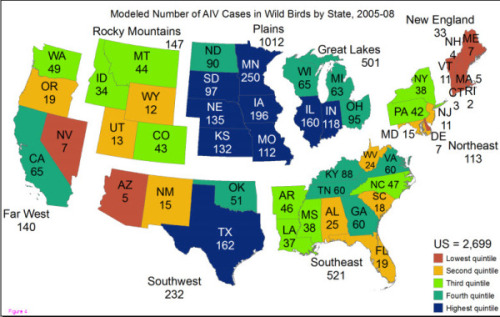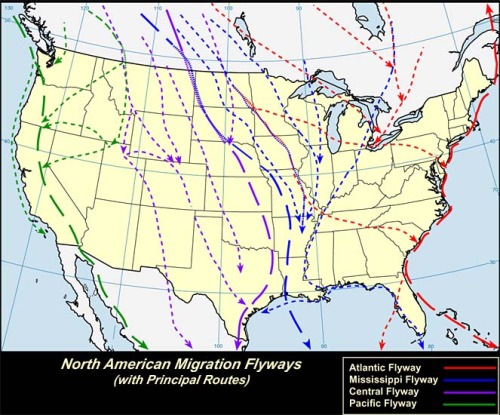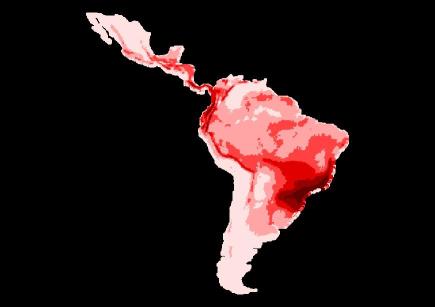Entries in avian influenza (8)
H7N9 bird flu update: 24 confirmed cases, 7 deaths. And Zhong weighs in.
Today's count: There are now 24 confirmed cases of human H7N9, with seven deaths. ALl the cases and all the deaths remain in and around Shanghai and its immediately adjacent provinces.
Veteran flu blogger and noted author Crawford Killian has also posted a story regarding Zhong Nanshan. Zhong, if you have forgotten, became somewhat of a national hero in China m(and around the world, among medical experts) for his courageous stand against the status quo with SARS in 2003. He battled not just the virus, but inept local ChiCom government bureaucrats who stymied his initial attempts at transparency. I refer you to one of my 2008 blogs for background.
Zhong is arguing for a much larger surveillance effort than is currently underway. His remarks echo those of the Bill and Melinda Gates Foundation, which I covered last week.
From Crof's blog.
Zhong Nanshan, Chinese Academy of Engineering, said, "Analysis shows that the H7N9 virus comes from fowl, including poultry, wild fowl migrating birds and pigeons. We should expand the range of screening as not so many people have direct contact with poultry."
I wonder if Zhong means "not so many people (who contracted this virus) have direct contact with poultry."
The Slaughter of Shanghai birds begins; a contact gets sick
The Chinese are reacting to both the introduction of H7N9 into humans, and the fact that birds are not showing symptoms as they usually do.
The Chinese have ordered the culling of poultry in the city of Shanghai. A live bird market has been ordered culled of anything with feathers. Specifically, according to the Chinese news service Xinhua, it was the Huhuai wholesale agricultural products market in the Songjiang district of Shanghai.
The article can be found here. And a huge hat-tip to my friend and birthday boy Mike Coston.
In the meantime, it appears a contact of one of the H7N9 confirmed fatalities has gotten sick. The entire world press corps will be camped at that hospital while we openly wonder if H2H has begun.
Songbirds, not just fowl, represent avian flu threat to US
Over at Flutrackers, there is a thread regarding the prevalence of avian influenza in American birds.
Avian influenza virus (AIV) is an important public health issue because pandemic influenza viruses in people have contained genes from viruses that infect birds. The H5 and H7 AIV subtypes have periodically mutated from low pathogenicity to high pathogenicity form. Analysis of the geographic distribution of AIV can identify areas where reassortment events might occur and how high pathogenicity influenza might travel if it enters wild bird populations in the US. Modelling the number of AIV cases is important because the rate of co-infection with multiple AIV subtypes increases with the number of cases and co-infection is the source of reassortment events that give rise to new strains of influenza, which occurred before the 1968 pandemic. Aquatic birds in the orders Anseriformes and Charadriiformes have been recognized as reservoirs of AIV since the 1970s. However, little is known about influenza prevalence in terrestrial birds in the order Passeriformes. Since passerines share the same habitat as poultry, they may be more effective transmitters of the disease to humans than aquatic birds. We analyze 152 passerine species including the American Robin (Turdus migratorius) and Swainson's Thrush (Catharus ustulatus).
Methods
We formulate a regression model to predict AIV cases throughout the US at the county scale as a function of 12 environmental variables, sampling effort, and proximity to other counties with influenza outbreaks. Our analysis did not distinguish between types of influenza, including low or highly pathogenic forms.
Results
Analysis of 13,046 cloacal samples collected from 225 bird species in 41 US states between 2005 and 2008 indicates that the average prevalence of influenza in passerines is greater than the prevalence in eight other avian orders. Our regression model identifies the Great Plains and the Pacific Northwest as high-risk areas for AIV. Highly significant predictors of AIV include the amount of harvested cropland and the first day of the year when a county is snow free.
Conclusions
Although the prevalence of influenza in waterfowl has long been appreciated, we show that 22 species of song birds and perching birds (order Passeriformes) are influenza reservoirs in the contiguous US.
OK, insightful analysis time. We always associate bird flu with ducks, or chickens, or turkeys or geese, but rarely do we associate it with songbirds and other smaller birds. This study makes a clear association between those birds (called "passerines") and bird flu.
The distribution of those avian flu cases is seen in this map (thanks Laidback Al!):

Now let us look at a map of the principal migratory bird routes over North America:

There is a veritable swarm of migratory bird routes over the Great Plains and Mississippi River delta, and a very strong west coast migratory route. So it is no coincidence, in my mind, that these migratory superhighways also contain the areas where avian flu has been most strongly detected since 2005.
Now you also notice those "down arrows" leading South of the Border. This map helps illustrate what happens south of us:

We've got birds encroaching from the south as well as from the north. This does not just figure into the avian flu equation: There is this little thing called a major dengue fever epidemic that is raging in many, if not most, South American nations. And as I mentioned recently, Key West, Florida has enough dengue in it to sicken a man this year.
This all leads into the current status of H5N1 sentinel activity. With massive budget cuts, waning interest, and competition for attention from swine flu and other diseases, do we have as good a handle on things as we did in 2006 and 2007? I would like to think so, but I doubt it.
Imagine the encounter: A researcher goes into his/her supervisor's office, requesting additional funds for H5N1 monitoring. What, the supervisor says? You want me to divert $$ from certain necessary projects over to bird flu monitoring? All while my departmental budget is being cut to ribbons?! No stinking way!
Or words to that effect. I wish it were not so, but I am pretty certain I am right.
In the midst of all this, the Mexican government recently issued an alert to be watchful for an H5/H1 hybrid virus. My first impulse was to say, What do they know? What have they heard? But is may have been nothing more than speculation. Nonetheless, vigilance is important, now more than ever. For H1N1v may not have been the pandemic everyone feared, but it was substantial in terms of its effect on the young; far worse than, say, 1977. Yet H1N1v, being 1/3 avian, can still hang out with avian flu viruses and reassort. It is precisely this scenario that should cause us to view this latest report with concern.
